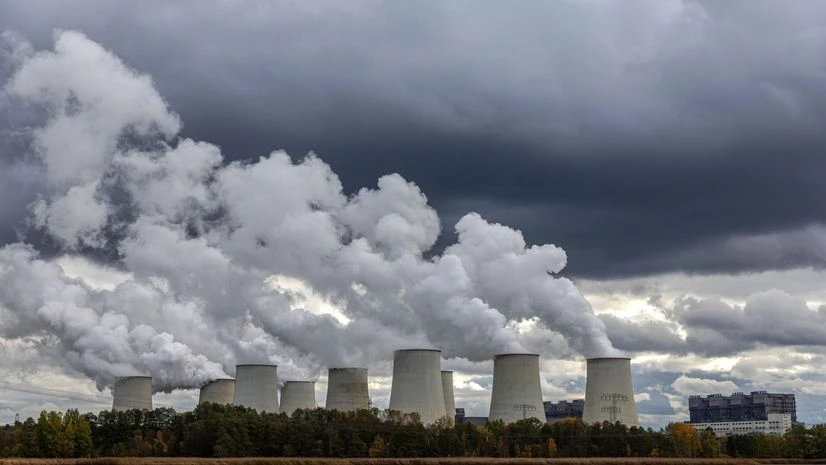The threat of climate change has moved beyond the general doomsday fears and is affecting day-to-day lives increasingly. A new report published by UNESCO has underlined that its impact is increasingly disrupting education systems worldwide, affecting academic outcomes and threatening to undo decades of progress.
Climate-related stressors such as heat, wildfires, storms, floods, droughts, diseases, and rising sea levels are among the key factors affecting education, according to the 2024 Global Education Monitoring (GEM) report.
The situation is particularly dire in low- and middle-income countries, where climate-related school closures are becoming an annual occurrence, heightening the risk of learning loss and dropout rates.
Natural disasters pushing back education levels by decades
The long-term study revealed that over the past two decades, schools were closed during 75 per cent of extreme weather events, affecting more than five million people. Natural disasters, including floods and cyclones, have not only led to the deaths of students and teachers but have also damaged or destroyed schools. Following the 2013 floods in Jakarta, access to schools was severely disrupted, with schools being used as emergency shelters and some closing due to damage.
In 2019, Cyclone Idai devastated Mozambique’s education system by destroying 3,400 classrooms and depriving 305,000 children of schooling, the report said. An assessment by the World Bank in 2021 of over 6,000 school buildings in Samoa, Tonga, and Vanuatu found that 50-90 per cent of buildings might not withstand a strong cyclone or earthquake.
Increasing heat affecting quality of education
Heat exposure also has significant adverse effects on educational outcomes. A study linking census and climate data from 29 countries between 1969 and 2012 found that higher-than-average temperatures during prenatal and early life stages were associated with fewer years of schooling, especially in Southeast Asia.
More From This Section
The report noted that children exposed to temperatures two standard deviations above average attained 1.5 fewer years of schooling compared to those experiencing average temperatures.
High temperatures have also impacted educational performance in China, reducing high school graduation and college entrance rates. In the United States, a one-degree Celsius increase in school year temperature without air conditioning reduced test scores by 1 per cent, disproportionately affecting African American and Hispanic students and accounting for about 5 per cent of the racial achievement gap. Approximately half of public school districts in the US need to update or replace multiple heating, ventilation, and air conditioning systems.
Impact of rain variability on South Asian children
Rain variability, particularly through floods, also negatively impacts education. Analysis of the 2010 flood in Pakistan showed that children and adolescents in flooded districts were 4 per cent less likely to attend school during the flood period compared to peers in non-flooded districts. Long-term effects of low precipitation on primary school completion were observed in 10 African countries, with six months of drought conditions decreasing completion rates by 6.4 per cent.
In India, rainfall shocks during early life negatively affected vocabulary, mathematics, and non-cognitive skills, with more severe effects on boys and children of less-educated parents, the report noted.
“The effects were more severe for boys and children of parents with less educational qualifications. An analysis of disasters experienced early in life by over 140,000 children in seven Asian countries found a negative association with school enrolment, especially for boys, and with mathematics performance, especially for girls, by the time they reach 13 to 14 years,” it said.
Marginalised population bearing the brunt
Marginalised populations are disproportionately affected by climate-induced education vulnerabilities. In 2019, eight of the ten countries most impacted by extreme weather events were low- or lower-middle-income countries. Among the 33 countries identified as bearing extremely high climate risks for children, 29 are also considered fragile states, the report said.
Plans to mitigate climate impact on education
The report emphasised that addressing the direct and indirect effects of climate change-related disruptions necessitates a holistic approach to climate adaptation. This includes coordinated planning across multiple sectors, reforming curriculums, training teachers, and raising community awareness and involvement.
Highlighting the growing demand for enhancing the resilience of school infrastructure to withstand and adapt to the impacts of climate change, the report said that current efforts are ‘inadequate’.

)